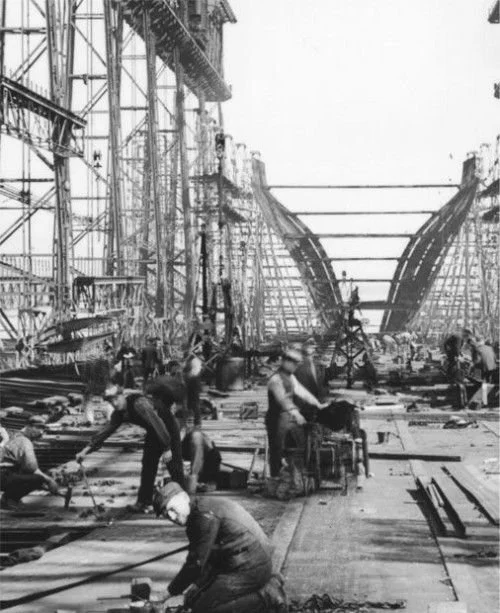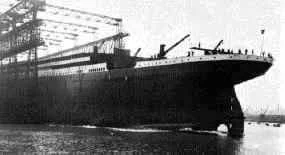Titanic: A Study in Obsession
The sinking of the Titanic is more than a historical event—it’s a myth and a lingering ghost in the collective imagination. It has been romanticized, scrutinized, and endlessly retold, yet beneath the familiar narratives lies something darker: human arrogance, fleeting luxury, and the quiet force of nature reclaiming what was never ours to control.
My Titanic paintings are an exploration of this—fragments of opulence suspended in time, the eerie beauty of a world on the verge of vanishing.
This isn’t just about nostalgia. There’s a wry humor beneath it all, an awareness that history tends to repeat itself, that hubris rarely learns its lesson.
The imposing bow of the RMS Titanic is a marvel of engineering and ambition. This piece captures the ship’s immense power and intricate design, symbols of early 20th-century innovation and human aspiration. The Titanic was the largest moving man-made object of its era, stretching over 880 feet, and its bow stood as a testament to both strength and elegance—a vision echoed in this artwork.
The RMS Titanic collided with the iceberg on the night of April 14, 1912. The scene blends realism and artistic interpretation to portray the instant when grandeur met disaster. The Titanic, hailed as ‘unsinkable’ and the pinnacle of maritime engineering, sliced through the icy Atlantic until this silent obstacle sealed its fate. In this artwork, the stark contrast between the ship’s power and the iceberg’s quiet menace evokes the fragile line between human ambition and nature’s force.
This painting depicts the haunting calm after the RMS Titanic struck the iceberg at 11:40 p.m. on April 14, 1912. In this quiet interlude, the ship drifts slowly away under a cold, starlit sky. Though the collision had torn open over 300 feet of the hull across six compartments, many aboard still believed the ‘unsinkable’ liner would remain afloat. Wireless operators continued to send distress signals, but the decks were mostly calm, with passengers unaware of the catastrophe unfolding below. Through a blend of realism and subtle abstraction, this artwork captures the eerie stillness and fragile hope of those moments when the fate of over 2,200 souls hung in the balance.
This painting offers a fictionalized vision of the Titanic’s sinking, blending elements of realism and abstraction to capture both historical detail and emotional resonance. While inspired by true events—the RMS Titanic struck an iceberg on April 14, 1912, and sank in the early hours of April 15, claiming over 1,500 lives—the piece reimagines the tragedy through shifting forms and colors, evoking the chaos, beauty, and haunting silence of that fateful night.
This painting portrays a lifeboats leaving the RMS Titanic. The passengers are rendered in shadow, faceless and dark, emphasizing how individual identities seemed to vanish in the scale of the tragedy that had just unfolded. In the early hours of April 15, 1912, the Titanic sank after striking an iceberg, taking over 1,500 lives from the more than 2,200 aboard. Despite having 20 lifeboats — enough for barely half the passengers and crew — many were launched only partially filled. Through stark contrasts and somber tones, this artwork reflects the profound sense of loss and the anonymity of those caught in one of history’s most infamous maritime disasters.










